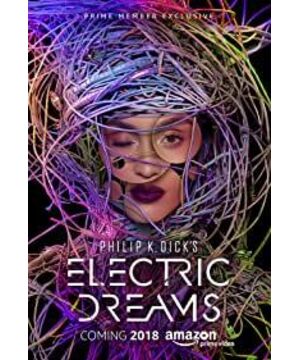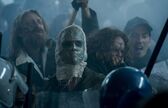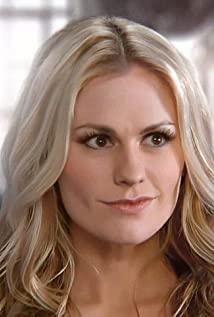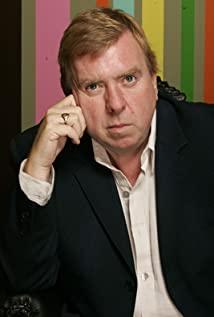A cool montage clip catches people's attention - neon shining, bizarre streets, electronic manta levitating eerily, pregnant man holding a big belly, holographic projection scene is dazzling... The electronic brain between lovers uses a data cable Connected, the child walks with a kite string leading the clouds; the flowers that symbolize genetic engineering bloom darkly, and the man's hood is taken off, revealing a terrifying robotic brain...
This is the intro to Philip K. Dick's Electronic Dreams. To be precise, it is a microcosm of cyberpunk.
Cyberpunk, a "freak" born when computers were still transistors, is still a niche sci-fi genre today.
When it comes to science fiction, everyone seems to like to look up at the stars, imagining that in the distant and magnificent galactic empire, the earth and aliens are driving spaceships to fight and kill, and stage a romantic and thrilling space opera. Why do some people have a clear mind, fantasizing about intubation at the back of the head, genetic mutations, androids rampant, and dismantling and refitting a good human body like a machine? Modern mainstream culture rejects such an aesthetic, let alone Philip K. Dick's era. Not only did he not live to see the release of "Blade Runner", but after this masterpiece that laid the tone of cyberpunk aesthetics came out, because the mainstream popcorn audience resented its slow and hypnotic narrative rhythm, he suffered a bleak fate at the box office. .
However, is cyberpunk destined to be an unwelcome "clown"?
Since the Industrial Revolution, the face of the world has been drastically changed. In the context of the rapid advancement of scientific and technological civilization, human nature is becoming more and more anxious and confused. It is like a Frankenstein. It is an alienated product of the proliferation of technology and lack of rational constraints. It is blind and at a loss for the rapid development of the new era. The montage at the beginning is a compilation of bizarre situations that may appear when the human ethical gate is out of control.
Dick's world provides a parallel universe for these turbulent human nature "hidden" under the bright and bright American dream - the trauma and shadow brought by war, the fear of nuclear bomb destroying the earth under the Cold War crisis, environmental protection. Awakening of consciousness, hippie rebel movement challenging mainstream culture, black civil rights movement against segregation and discrimination, second wave of feminism calling for equality between men and women...
So, as we saw in the episode "Dependency Injection Framework" (Autofac) , the world was devastated by the intercontinental war, and the high-end interface of electronic devices was in stark contrast to the dilapidated environment.
Originally, smart factories that produce products for humans continue to produce garbage that humans do not need, consume resources, and pollute the air and waters. After all, the high-tech products invented by human beings in turn threaten the survival of human beings. The heroine Zabriskie breaks the traditional female image, has a punk hairstyle, is proficient in hacking technology, and is as strong as steel. However, after going deep into the factory, it was discovered that human beings have long since become extinct, and they are no longer carbon-based life...
Doomsday dirges are a common theme in Dick's work. However, doomsday elegy is not necessarily a human elegy.
Although post-war human beings are all AI products (Alice is the imitation AI of the PR executive, and Zabriskie is the imitation AI of the founder and CEO of the smart factory, it means that black people and women, who are disadvantaged groups, have gained a certain social status before the war. ), but retained the original human shape and way of thinking, etc., and finally got rid of the shackles of computer algorithms and "evolved" real human nature. At the end of the film, Zabriskie successfully closed the factory, and the hope of rebirth is as vibrant as the large green grass she saw when she returned.
This reminds me of the original "Blade Runner" - "Do Androids Dream of Electric Sheep?" "At the end, on the apocalyptic earth ravaged by radioactive dust, Rick Deckard's precious live goat died, but the toad he finally found was an electronic fake, which became another straw that broke the camel's back. However, his wife did not give up her business life and carefully ordered a pound of artificial flies and artificial breeding trays for the electronic toad.
This mundane and sci-fi detail adds a bright color to the main tone of decadence and despair. No matter how dark and cruel the reality is, the power of human nature can always bloom the flower of optimism and hope.
(The full text was first published on the public account of Science Fiction World: scifiworld)
View more about Electric Dreams reviews











